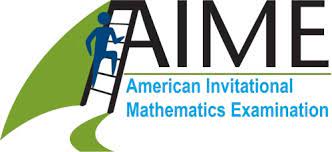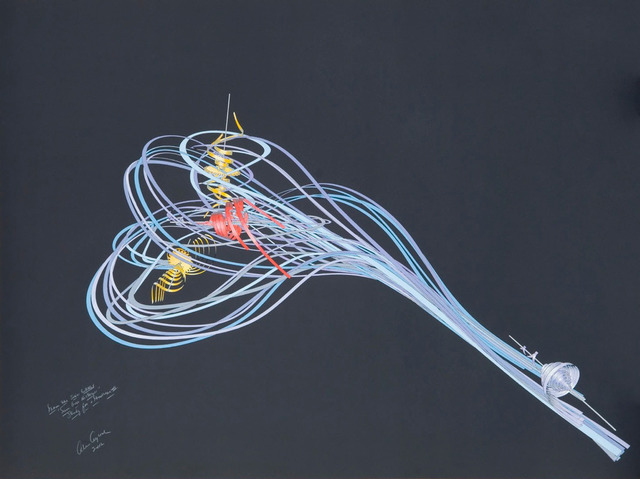#1 From AMC to AIME - Comparing The Chinese and American Math Olympiad System
- bruce yu
- Jan 25, 2022
- 3 min read
Updated: Jul 31, 2023
Before we start, please let me introduce myself. I am currently a high school student who have interests in mathematics and social science. When I was in grade 9, I finished learning high school math, and moved my focus to Math Olmpiads. By joining a summer camp, Awesome Math Summer Camp, I met numerous talented people who are way ahead of me in the journey of learning math, such as the students at the IMO sessions. After the camp, I tried to participate in competitions as well.
After easily getting a world top 5% in AMC12, I got invited to AIME-American Invitational Mathematics Examination, but I didn't do well. After attending many more Olympiad competitions, I put my attention to math modelling and initiated the school team of math modelling and participated in the High School Math Contest in Modelling. There will be another blog talking about this.
About the pictures:
1. Scholar ship from my school
2. AM Summer Camp
3. Questions we learn about during the camp
4. AIME
5. AMC12 top 5%
As a student, I will continue my journey in the next two years of my high school. After reading some of IMO candidates' blogs and attending a few Math Olypiads, I want to share some of my understandings of the Math Olmpiad Systems in both the US and China, the 2 strongest countries in International Math Olympiad (IMO).
IMO in China, 2001-2011
2001-2010 is the best decade for China to compete in IMO. During that time, the Chinese national team got 9 world champion trophies, and 2 very close second-place. Let's take a look at what the Olympiad system looked like back in 2001.
First of all, like all the other sport competitions, IMO national team members need to be selected from teenagers, mostly high school students, except a few legendary participants, such as Terrence Tao, who got a gold at 13. So how did the nation choose who to represent China's best math level?

China back then took a very simple strategy, a national team member was just like how a sportsman is selected.
Firstly, you participate in the national high school Math Olmpiad. Top 3 in each province are selected as the team members of the province (just like the state team tennis player in the US).
Secondly, the top 3 students in each province go to the national winter camp for national team selection.
Finally, the national team conducts a very intense 3-4 months training, and select the best 6 students in China to participate in the IMO.
This pyramid structure of selection the best, most elite students in math seems pretty assuring, but what went wrong after 2011, the Chinese team has only got 4 world champions?
IMO in China, 2012-now
China is famous for the high school exam education system, the students' future depends solely on one exam, which seems very risky and not very assuring. However, there is a way out: national team members of IMO will automatically receive the offers from the 2 best universities in China, Qinghua University and Beijing University.

After this policy is gradually known by many families in China, becoming a Math Olympiad participant is turning to common choice. High school students prepare for their final exam by "Shua Ti", which is to repetitively solving similar questions, preparing for every possible situation in the final exam.

Why don't they use the same method to prepare for the national high school Math Olympiad?
They did.
The number of people who signed up for high school Math Olympiad increased exponentially. From 80-100 students/province in 2001 to over 1000 students/province.
More people participating in Math Olympiad should be beneficial for the national team selection, right?
Unfortunately not, and here is why:
Majority of the students signed up for going to their dream colleges, but not because of their talents and interests. Even if they perform well in the high school Math Olympiad due to their repetitive "Shua Ti" preparation method, they are likely to have bad performance when they become national team members.
More participants, same number of education resources, in other words, teachers. Only the former national team members and a few other teachers are able to guide the students based on their interests and skills. All the other students have to sign up for lessons, which only teach them how to read answers and how to "work hard". The majority of students' creativity and sensitivity in math are ruined.
The students who only “Shua Ti" will have around 0.1% to be selected. But there is a large number of this type of students, half of the national team will be these students, who have very low ability to solve a problem they have not come across.
The stats support the argument: comparing 2021 to 2001, the average score that a national team member score in their entrance test (similar difficulty) is lower.
Comparing to China, America takes a very different approach to select its national team. We will discuss in Part 2 about the American strategy.













Comments